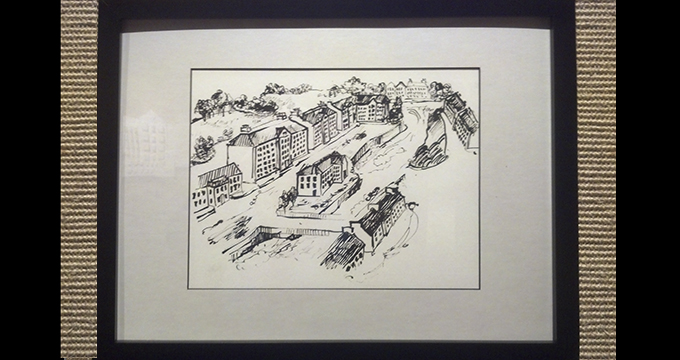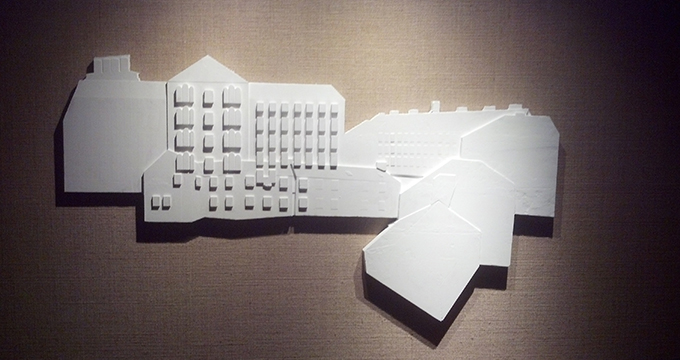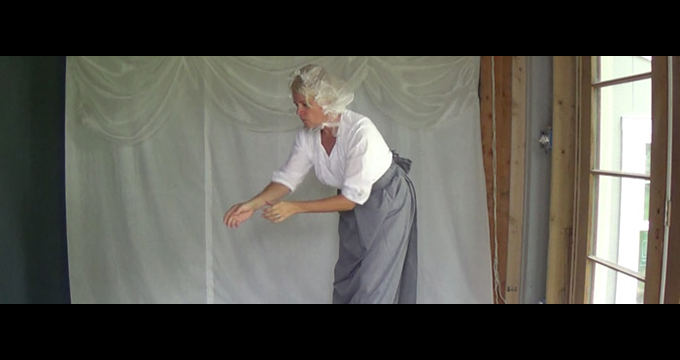fort collins, colorado
----------
- We Were Once One
- Databending
- RFOPTBNNN
- Mechanical Means
- Threshold
- Utopias
- Power Positions
- Bourgeois Fantasies
- Little Lives
- Gender Stereoptics
- D.I.Y. Scientist
PROJECTS
----------
----------



UTOPIAS (2013-2014)
In my studio I have been researching various attempts at utopian societies. Some utopian communities have embraced ideals such as vegetarianism, communalism, pacifism and free love. Others tried to live in perfect balance with the natural world. Others still are founded in the belief that a perfect society can be achieved through its member's devout faithfulness. This idea of an intentional community wherein members strive to achieve some for of "perfection" is fascinating to me. I have often thought about what would be utopian society for me, and often alight on my need for help in my home life and a balance between work and home. My meditation on the subject of utopias led me to do an installations looking at the impact of historical technology on the domestic and work lives of the inhabitants of New Lanark Mill in Lanarkshire Scotland.
Under Robert Owen's management from 1800 to 1825, the cotton mills and village of New Lanark became a model community, in which the drive towards progress and prosperity through new technology of the Industrial Revolution was tempered by a caring and humane regime. This gained New Lanark an international reputation for the social and educational reforms Owen implemented. New Lanark had the first Infant School in the world, a creche [daycare] for working mothers, free medical care, and a comprehensive education system for children, including evening classes for adults. Children under 10 were not allowed to work in the Mill.
Using technology as a locus for my concept I chose to use traditional and digital methods of creating for the output of this work. In this installation I started by creating drawings from images of New Lanark found on the internet and in books, I have created a 3D illustrations of some of the mill buildings and routed them on a CNC router. Onto these 3D objects I project stories and histories of female mill workers. I re-enacted the repeated motions of a 1816 millworker for 10 hours, the length of one of their work days. This performance was videotaped and found its way into the digital projection piece running in real time.